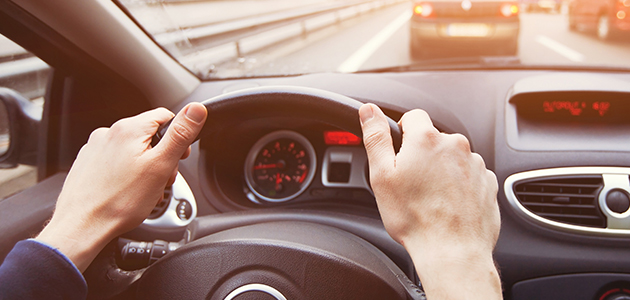
Gas prices fluctuate seasonally and when the available supply of gasoline increases and decreases, sometimes filling your tank is fairly affordable, and other times it feels like highway robbery.
With the warmer weather set to move in, prices are likely to start to climb if they haven’t already, so it’s a great time to learn a few easy ways to save gas—and your hard earned cash!
Check out these 10 great tips from WikiHow1 that might help make driving a little more affordable this season and all year round:
- Don’t fill up on the weekends. Gas prices tend to spike on the weekends, often starting as early as Thursday afternoon, so if you think you’re going to need it, fill up midweek when prices are likely to be lower.
- Wait until your tank is almost empty before filling up. Obviously you shouldn’t drive with a nearly empty tank when the weather is poor, there’s a risk of getting caught in a traffic jam, or when you know you won’t be near a gas station. But if it’s safe, try to wait until your tank is almost empty. A full tank of gas makes your car heavier, but the lighter a car is, the less gas it requires. That last bit of gas will actually last longer than you think. This is why it also makes sense to take heavy things like golf clubs, unnecessary tools and other stuff out of your car when you don’t need them.
- Turn the gas nozzle upside down after filling the tank. When you turn the hose off, there’s still gas in the line. If you pull the nozzle out, turn it upside down, reinsert it and give it a shake, you can get another ½ cup of free gas in your tank!
- Keep your tires properly inflated. Having the proper pressure in your tires means you can go farther on your tank of gas. Keep a tire gauge handy and check your pressure once a month.
- If you’re able, get your car tuned-up regularly. Your car manufacturer will suggest regular intervals at which you should pop in for a check up. Doing so keeps your car running efficiently, which means it will require less gas to run.
- Don’t idle. Idling is a waste of gas, and is almost always unnecessary. Park and walk into a fast food restaurant instead of using the drive through, turn off the car if you’re waiting for someone, and check your phone before you turn the key (since you should never be using a handheld device while driving anyway).
- Accelerate slowly. Yes, sometimes you’re in a hurry and just want to get moving when the light turns green, but punching the gas and accelerating quickly after being stopped burns extra fuel.
- Don’t tailgate. You shouldn’t anyway, but when you’re tailgating you often have to hit the brakes. That means you have to keep accelerating to get back up to speed, which uses unnecessary fuel – and isn’t great for your brakes either. Drive at a safe distance and keep your speed steady by avoiding braking.
- Go the speed limit. Gas efficiency decreases significantly the faster you go, which means for every 5mph (8km) you go over 50 (80), you’re spending an extra $0.25 a gallon on gas. Lights are timed to the speed limit, so if you’re speeding, you’re more likely to end up stopping and starting (which is bad for saving gas) than if you drove the speed limit.
- Stay in your lane. Obviously there are times when you need to switch lanes, but if you can, avoid weaving in and out. Doing so requires you to continually adjust your speed. Maintaining a steady pace keeps gas flowing minimally.
For more simple ways you can save gas by adjusting your driving habits and planning ahead, visit Money Crashers.
SOURCES
417024B CAN/US (04/19)




